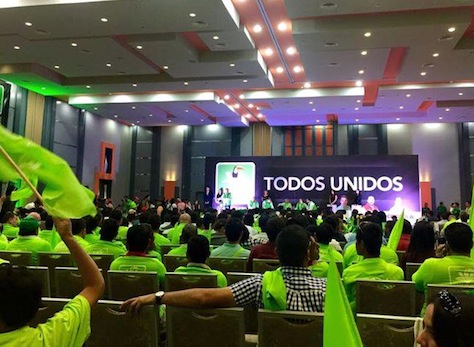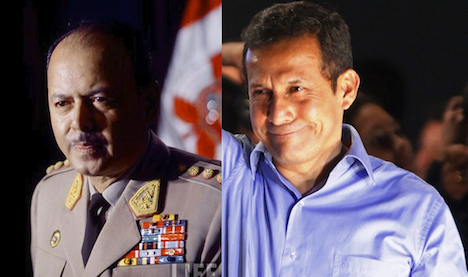Of Mexico’s four largest parties, at least as of the last election, only one managed to increase its vote share between 2012 and 2015 — the Partido Verde Ecologista de México (PVEM, Ecologist Green Party of Mexico).![]()
Since its foundation in 1993, the party has developed a cynical reputation for corruption than any particular devotion to the traditional left-wing, environmentalist causes of green parties throughout the world. Nevertheless, if preliminary estimates are correct, the PVEM will have won more than 7% of the vote in Mexico’s midterm elections, which means that it will almost certainly hold more the fourth-largest bloc of seats in the 500-member Cámara de Diputados (Chamber of Deputies), the lower house of the Mexican Congress.
That’s astounding in an environment where Mexicans rank political corruption at the top of their concerns, alongside drug violence and above even a sluggish, uneven economy.
With the exception of the 2000 election, when the Greens backed conservative maverick Vicente Fox for the presidency, the party has been a reliable junior partner for the ruling Partido Revolucionario Institucional (PRI, Party of the Institutional Revolution) and Mexico’s president, Enrique Peña Nieto. Together with the Greens and another small party, Partido Nueva Alianza (PANAL, New Alliance), the PRI is expected to hold a narrow legislative majority.
* * * * *
RELATED: Mexican left disintegrates as midterms approach
* * * * *
That’s not necessarily great news for Peña Nieto, whose personal reputation has been compromised by financial scandals surrounding himself, his wife and close colleagues, and whose party — certainly not impervious to corruption — remains highly distrusted after governing Mexico uninterrupted for seven decades until Fox’s 2000 election.
The Green Party, however, seems to thrill in flouting election law — Mexico’s new electoral authority, the Instituto Nacional Electoral (INE, National Electoral Institute) fined the party over $20 million in May after it illegally financed campaign advertisements. One sports personality said he was offered 200,000 pesos by the party to support it on election day via Twitter.
Its leader, Jorge Emilio González, the son of the party’s founder, known as El Niño Verde, has a black-hat playboy image of a corrupt baron. His reputation never fully recovered from videotapes that showed him apparently negotiating $2 million in bribes in relation to a shady land deal in Cancun.
Jo Tuckman, writing for The Guardian, finds that the PVEM draws disgust from analysts across the board as a party of ‘false greens’ that often acts more like an organized crime cartel controlled by the González family:
“The Greens concentrate the bad elements of Mexican politics and take them to an extreme,” said political analyst Jesús Silva Herzog. “There are sinister figures in all the big parties, but there are some respectable ones too. I cannot think of a single respectable figure in the Green Party.”
Continue reading The big winner of Mexico’s elections? The not-so-green Green Party

